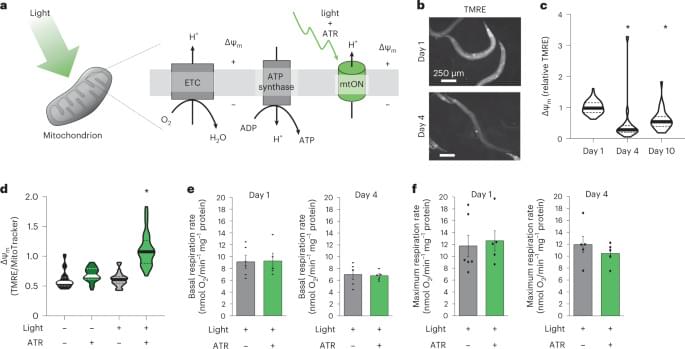
A Sept. 17 Georgetown University Medical Center (GUMC) seminar highlighted research on a revolutionary approach to cancer treatment: utilizing the body’s natural immune system to combat tumor growth rather than directly targeting cancer cells.
Alejandro Villagra, an associate professor in the department of oncology at the Georgetown University School of Medicine (GUSOM), shared his research in a talk hosted by the department of microbiology and immunology. The lecture focused on Villagra’s research on the manipulation of macrophages, a type of white blood cell active in the immune system, to combat the growth of cancerous tumors.
“Some people assume cancer research is about killing cancer directly,” Villagra told The Hoya. “We are focusing on the mechanisms we already have in order to kill cancer. So, these treatments, rather than the normal conception of killing the tumor, helps galvanize the immune system to indirectly kill cancer.”


















